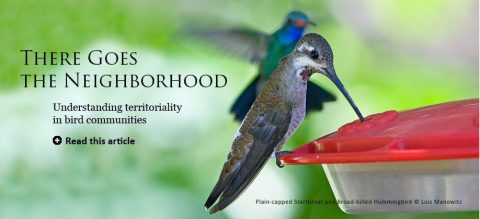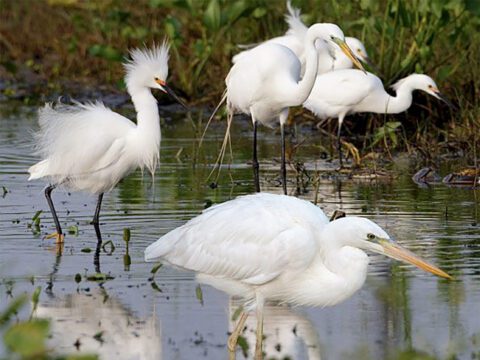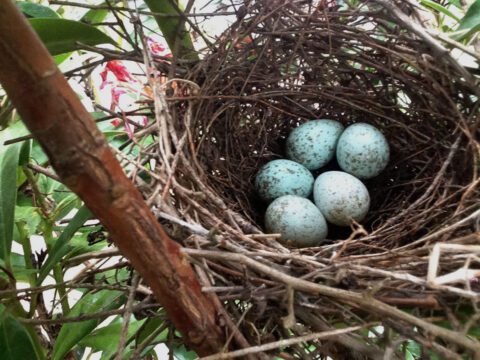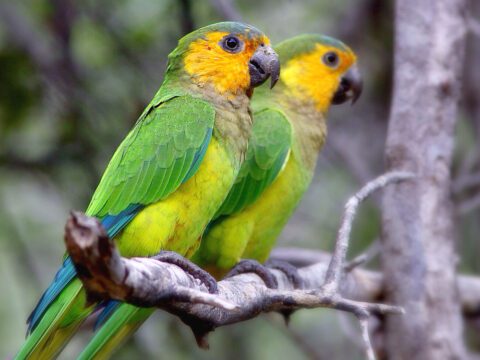Book Review: Ghost Birds, by Stephen Lyn Bales
Reviewed by Stephen J. Bodio
April 15, 2011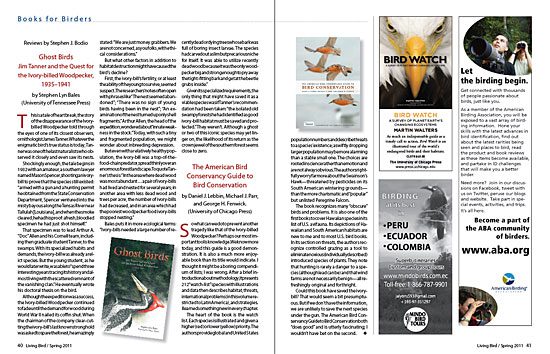
This is a tale of heartbreak, the story of the disappearance of the Ivory-billed Woodpecker told through the eyes of one of its closest observers, ornithologist James Tanner. Whatever the enigmatic bird’s true status is today, Tanner was one of the last naturalists who observed it closely and even saw its nests.
Shockingly enough, the tale begins in 1932 with an amateur, a southern lawyer named Mason Spencer, shooting an ivory-bill to prove that the species still existed: “armed with a gun and a hunting permit he obtained from the State Conservation Department, Spencer ventured into the misty bayous along the Tensas River near Tallulah [Louisiana], and when the smoke cleared, he had his proof: a fresh, bloodied specimen he had just shot himself.”
That specimen was to lead Arthur A. “Doc” Allen and his Cornell team, including then graduate student Tanner, to the swamps. With its specialized habits and demands, the ivory-bill was already a relict species. But the young student, as he would later write, was able to “spend three interesting years tracing its history and almost living with the scattered remnant of the vanishing clan.” He eventually wrote his doctoral thesis on the bird.
Although the expedition was a success, the Ivory-billed Woodpecker continued to fade until the demand for wood during World War II nailed its coffin shut. When the chairman of the company clear-cutting the ivory-bill’s last known stronghold was asked to spare the forest, he amazingly stated: “We are just money grabbers. We are not concerned, as you folks, with ethical considerations.”
But what other factors in addition to habitat destruction might have caused the bird’s decline?
First, the ivory-bill’s fertility, or at least the ability of the young to survive, seemed suspect. The researchers’ notes often open with phrases like “The nest seemed abandoned”; “There was no sign of young birds having been in the nest”; “An examination of the nest turned up only shell fragments.” Arthur Allen, the head of the expedition, wondered about “innate weakness in the stock.” Today, with such a tiny and fragmented population, we might wonder about inbreeding depression.
But even with a relatively healthy population, the ivory-bill was a top-of-the-food-chain predator, spread thinly over an enormous forest landscape. To quote Tanner’s thesis: “In the area where dead wood was most abundant…a pair of ivory-bills had lived and nested for several years; in another area with less dead wood and trees per acre, the number of ivory-bills had decreased, and in an area which had the poorest woodpecker food ivory-bills stopped nesting.”
Bales puts it in more ecological terms: “Ivory-bills needed a large number of recently dead or dying trees whose bark was full of boring insect larvae. The species had carved out a slim but precarious niche for itself. It was able to utilize recently dead wood because it was the only woodpecker big and strong enough to pry away the tight-fitting bark and get at the beetle grubs inside.”
Given its specialized requirements, the only thing that might have saved it as a viable species was if Tanner’s recommendation had been taken: “the isolated old swampy forests he had identified as good ivory-bill habitat must be saved and protected.” They weren’t. Although a ghost or two of this iconic species may yet linger on, the likelihood of its return as the crown jewel of the southern forest seems close to zero.

All About Birds
is a free resource
Available for everyone,
funded by donors like you
American Kestrel by Blair Dudeck / Macaulay Library
